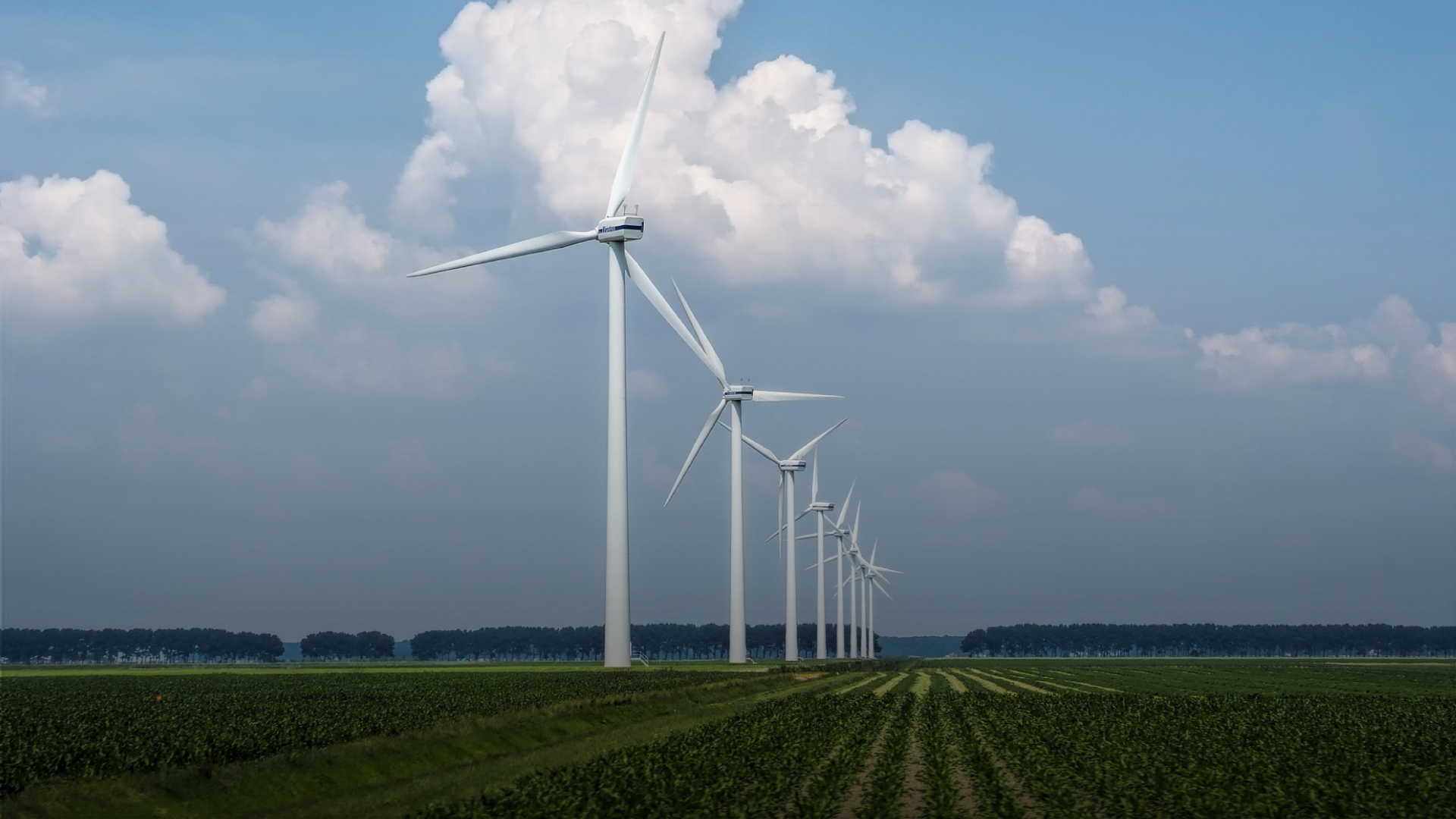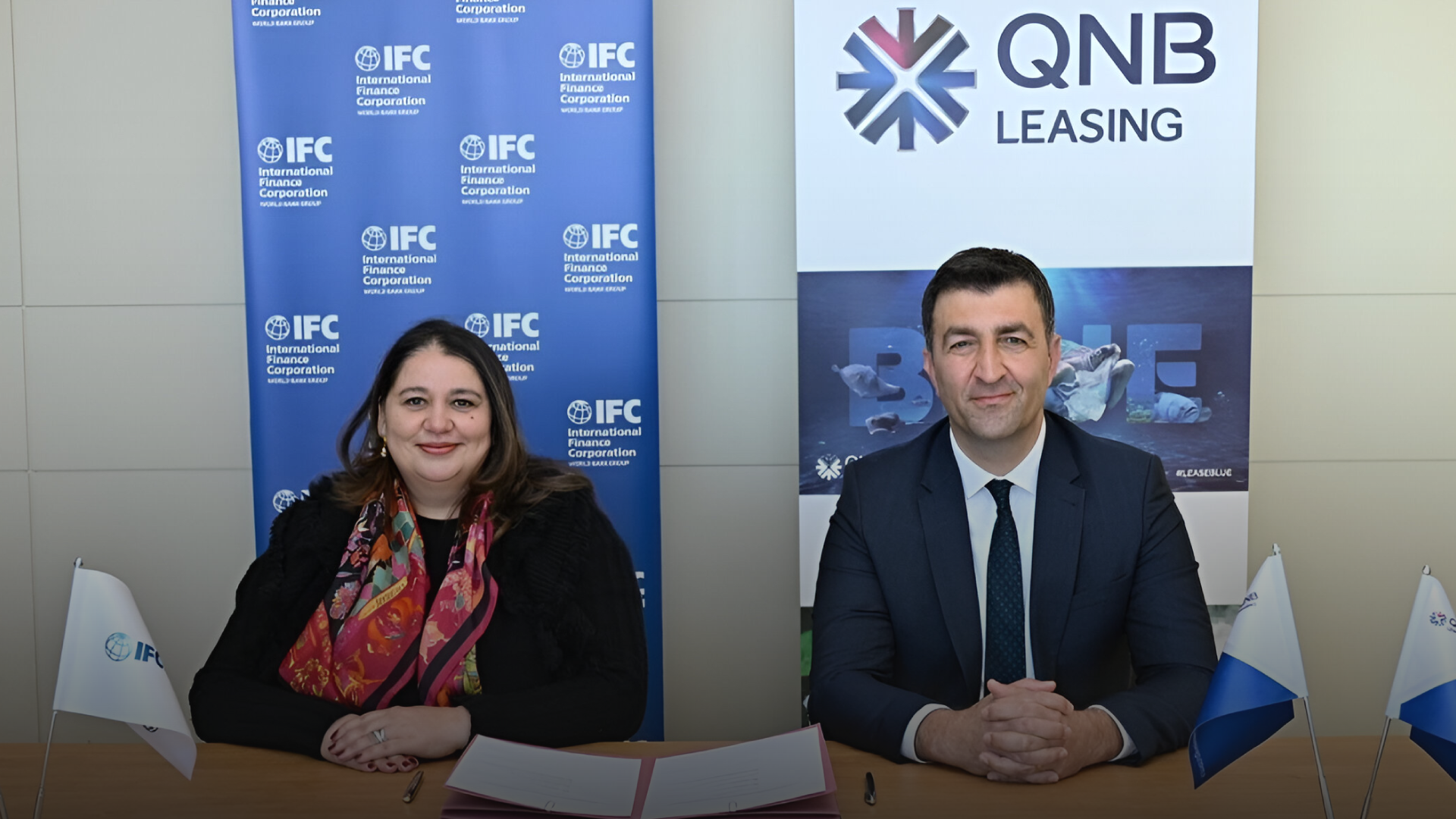The European Commission and the Republic of Moldova have announced a two-year transformative strategy that will bring Moldova energy independence and strengthen its resilience. With a total funding package of €250 million allocated for 2025, this strategy is to decouple Moldova from its reliance on Russian energy supplies and fully integrate the country into the European Union‘s energy market. It commits the EU to providing direct support worth €100 million by mid-April 2025 specifically for the immediate energy need.
Targeted Support for Transnistrian Region
This policy is to focus on the Transnistria area, where more than 350,000 people were left out in the cold with less heating due to the halt by Gazprom on energy supplies in January. The EU has set aside €60 million in aid toward the region with the hopes of curtailing the humanitarian crisis. The funds the EU will release depend on improvements on human rights and fundamental freedoms of the Transnistrian region. Additionally, the financial assistance will exclude energy-intensive industries to ensure that the aid targets essential needs.
In the short term, the strategy aims to alleviate the burden of rising energy prices, particularly for consumers on the Right Bank of the Dniester River. The plan will fully compensate households for excess electricity costs, covering up to 110 kWh per month until December 31, 2025. The EU will set up a hardship fund to support vulnerable households, ensuring no family faces unaffordable energy bills. Kindergartens, schools, and hospitals will get full compensation for higher electricity costs, ensuring essential public services remain unaffected.
Supporting Businesses and Promoting Energy Efficiency
The EU has allocated €15 million to support Moldova’s agro-food and manufacturing sectors amid rising energy costs. Additionally, €50 million will be mobilized for energy efficiency projects. The strategy focuses on long-term energy security, including infrastructure upgrades, market reforms, and transitioning away from Russian energy. It aims to diversify Moldova’s energy sources, promote renewables, and strengthen ties with the European energy grid, ensuring resilience against future energy shocks.
Also read: EBRD and EU Invest in Vlasinske Hydropower to Boost Serbia’s Clean Energy Transition
Three-Phase Implementation Plan
The EU’s comprehensive strategy for Moldova’s energy independence will roll out in three phases. The first phase, already underway, provides €30 million for emergency electricity and gas supplies. By mid-April 2025, €100 million will help ease energy costs, with Transnistria’s support depending on human rights progress. The third phase focuses on long-term energy independence projects under Moldova’s Reform Agenda, continuing through 2026.




